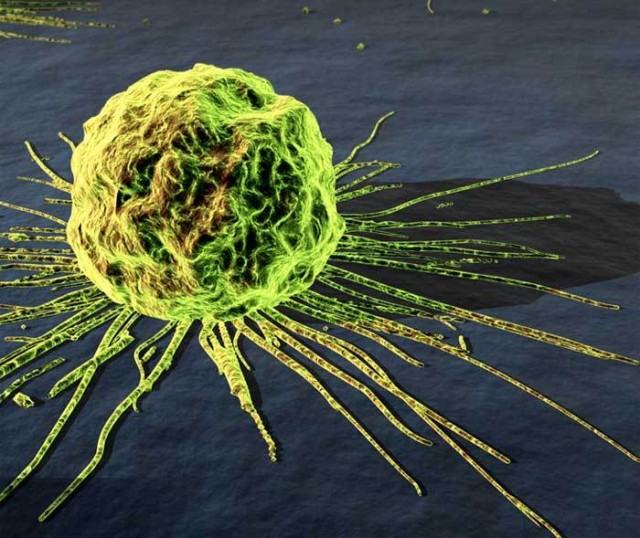Nanoparticles catch cancer cells that make it into the blood stream
Ars Technica » Scientific Method 2014-01-09
More than nine in ten cancer-related deaths occur because of metastasis, the spread of cancer cells from a primary tumor to other parts of the body. While primary tumors can often be treated with radiation or surgery, the spread of cancer throughout the body limits treatment options. This situation could change if work done by Michael King and his colleagues at Cornell University delivers on its promises, as he has developed a way of hunting and killing metastatic cancer cells.
When diagnosed with cancer, the best news can be that the tumor is small and restricted to one area. Many treatments, including non-selective ones such as radiation therapy, can be used to get rid of such tumors. But if a tumor remains untreated for too long, it starts to spread. It may do so by invading nearby healthy tissue or by entering the bloodstream. At that point, a doctor’s job becomes much more difficult.
Cancer is the unrestricted growth of normal cells, which occurs because mutations in a normal cell cause it to bypass a key mechanism called apoptosis (or programmed cell death) that the body uses to clear old cells. However, since the 1990s, researchers have been studying a protein called TRAIL, which on binding to the cell can reactivate apoptosis. But so far, using TRAIL as a treatment of metastatic cancer hasn’t worked, because cancer cells suppress TRAIL receptors.
Read 10 remaining paragraphs | Comments
